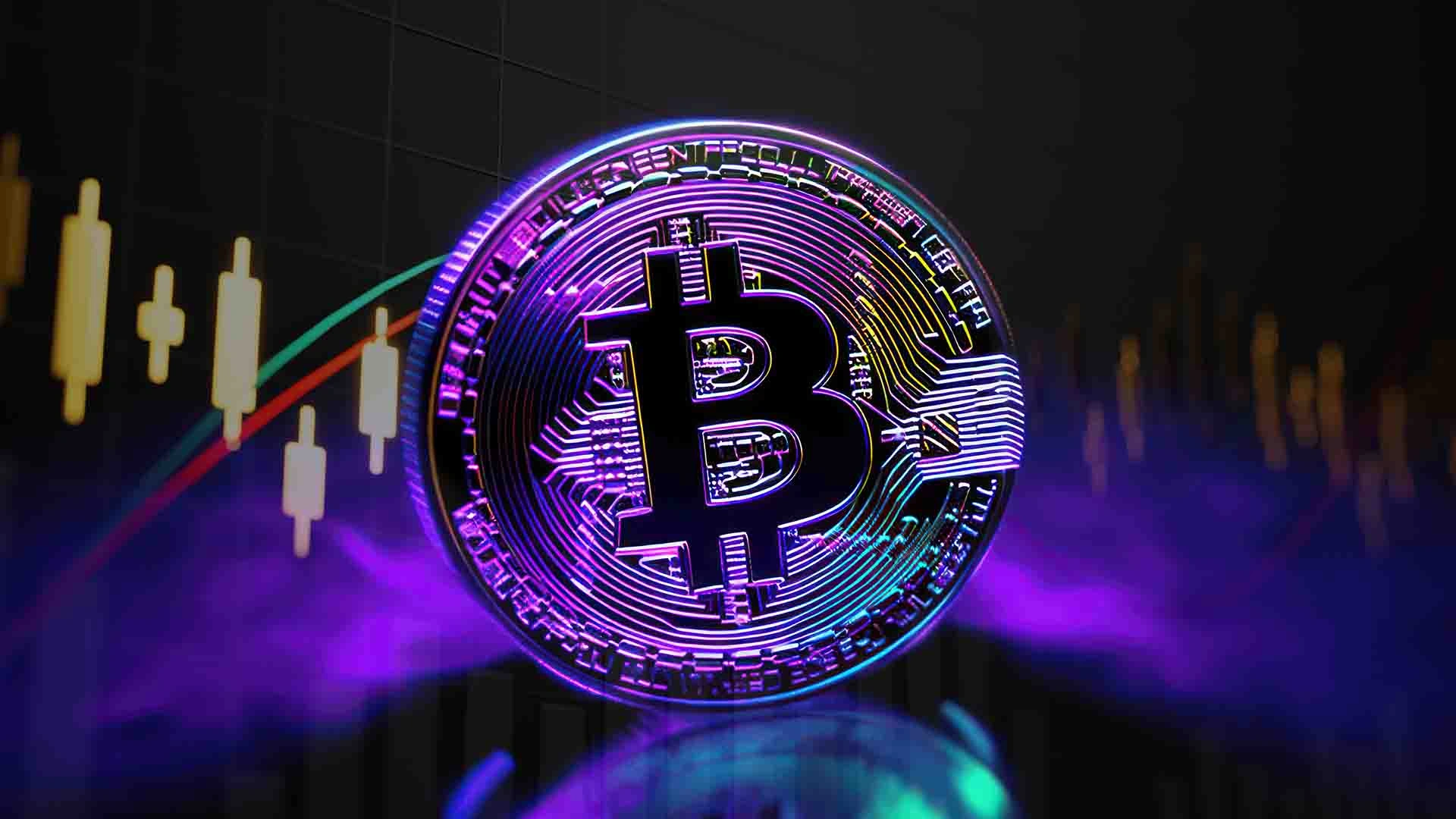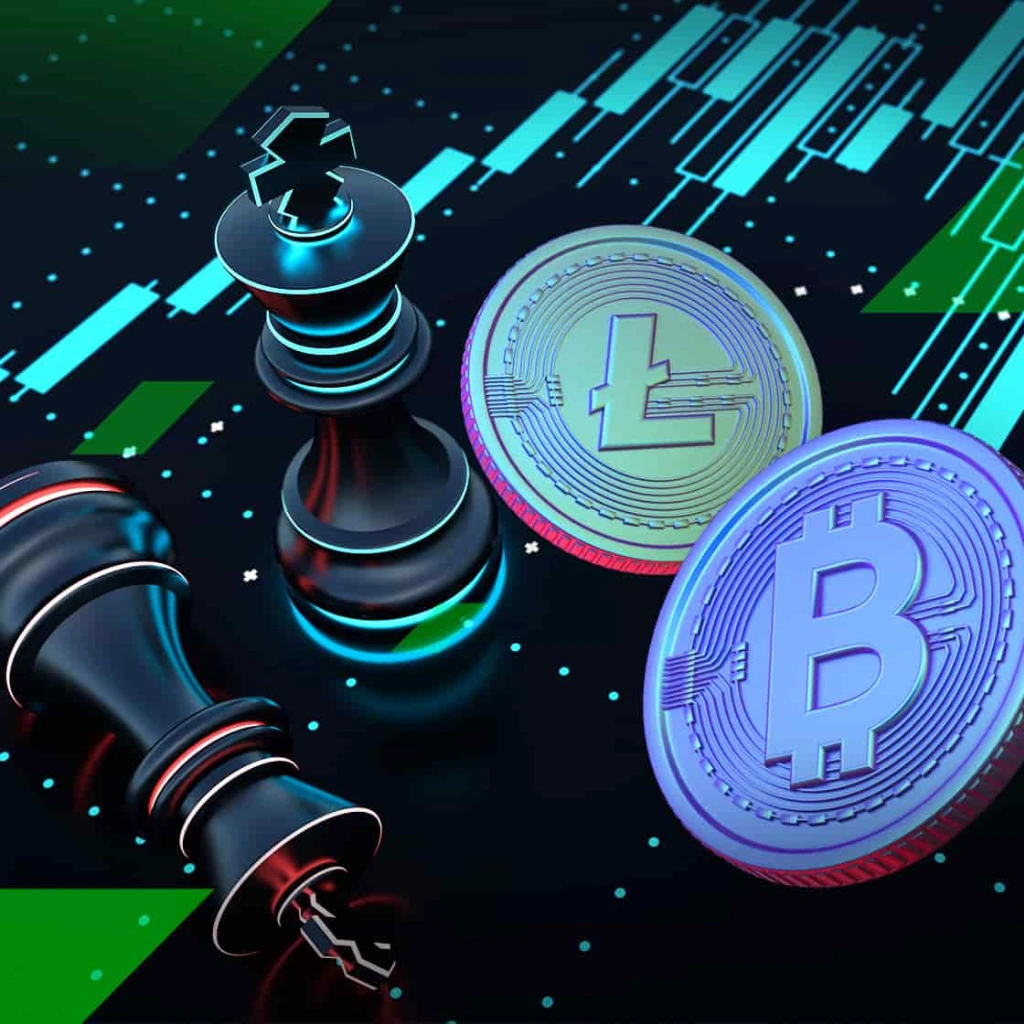It’s 2025, and if you haven’t heard someone brag about paying for their coffee or concert ticket with crypto, you probably haven’t left your apartment in a while. But let’s talk about something a little greasier: Can you use crypto to buy McDonald’s?
Short answer: kinda.
Longer answer: only if you’re lucky, determined, and possibly in El Salvador.
Let’s unpack the hype, the reality, and the frustrating middle ground in between.
The Global View: Crypto Hype vs. Fast Food Reality
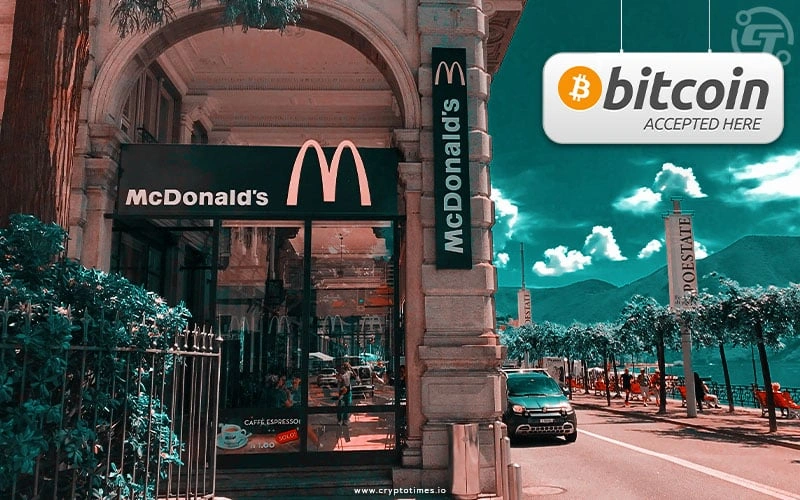
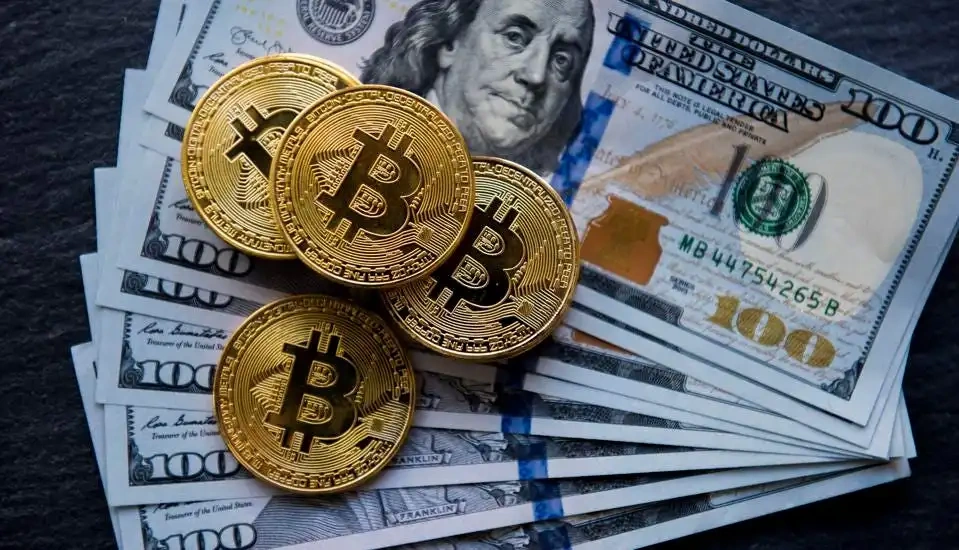
McDonald’s is a massive, fragmented global machine. Each region runs a bit differently—and that’s especially true when it comes to payments. In crypto-progressive places like Switzerland or El Salvador, you might find the occasional Golden Arches that actually accept Bitcoin.
Take El Salvador, for example. After declaring Bitcoin legal tender in 2021, the government pushed crypto into everyday life—including fast food joints. So yes, in San Salvador, you can pay for a Quarter Pounder with Bitcoin. That’s real.
But try pulling that off in middle America or even downtown Paris, and you’ll get blank stares from the cashier. The U.S., Canada, and much of the EU are still stuck in credit card mode—and honestly, it doesn’t seem like McDonald’s corporate is rushing to change that.
How People Actually Pay with Crypto (Spoiler: It’s a Workaround)
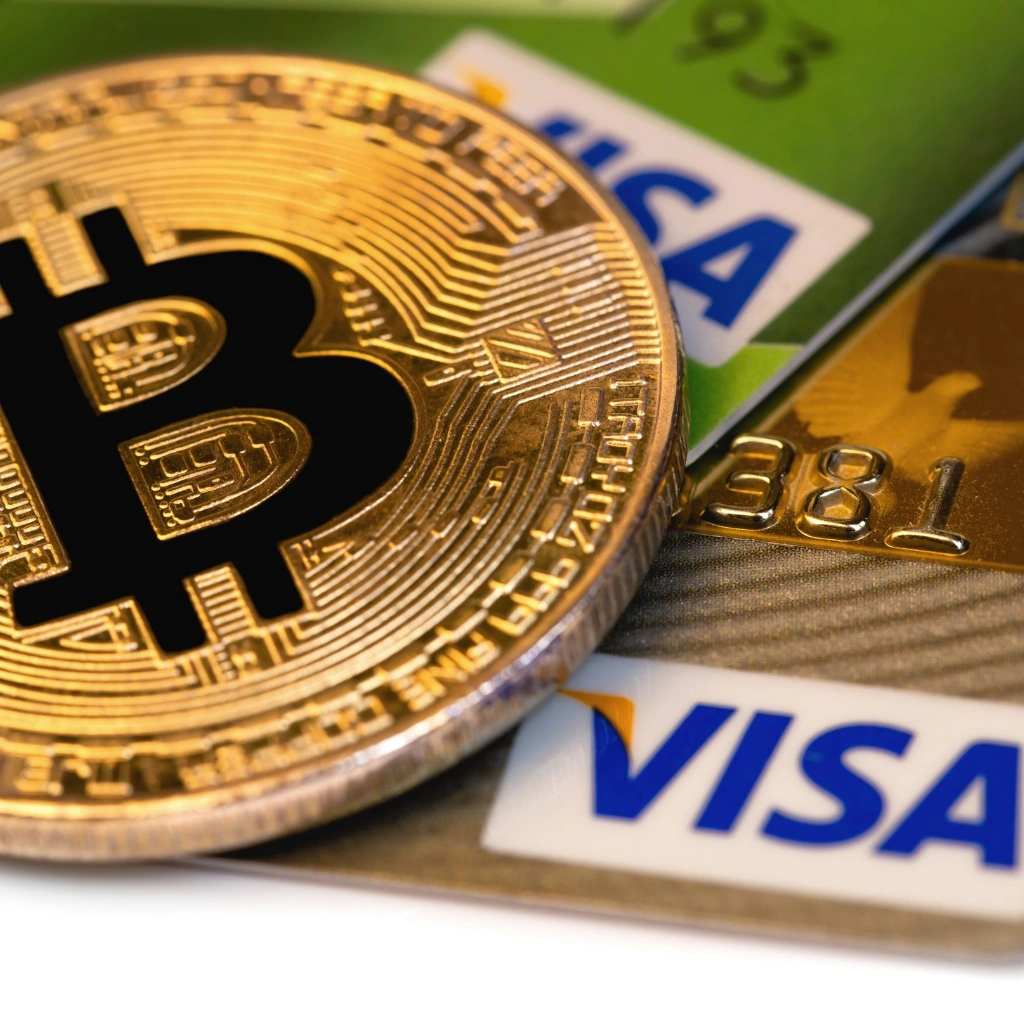

Here’s the thing: you can “buy McDonald’s with crypto”—but you’re usually not paying McDonald’s directly. You’re paying Visa or some gift card site that makes it feel like crypto is being used. It’s a workaround, and you have to know what you’re doing.
- Crypto Debit Cards: Think Crypto.com, Binance, or Coinbase Visa cards. They pull from your crypto balance, convert it to fiat, and let you swipe like a regular card. Technically crypto, sure—but it’s just a fancy middleman.
- Gift Cards: Bitrefill and BitPay let you grab a McDonald’s gift card using BTC or ETH. It works—but it’s clunky. It’s like using Apple Pay in 2015: cool in theory, awkward in practice.
- Lightning Network: Some franchises in El Salvador use Bitcoin’s Lightning Network for lightning-fast, low-fee payments. But unless you live there or are crypto-obsessed, you probably won’t run into this setup.
So yes—it’s possible. But is it smooth, simple, or widely available? Not even close.
Crypto to buy McDonald’s: Why McDonald’s Isn’t All In on Crypto (And Frankly, Why Would They Be?)

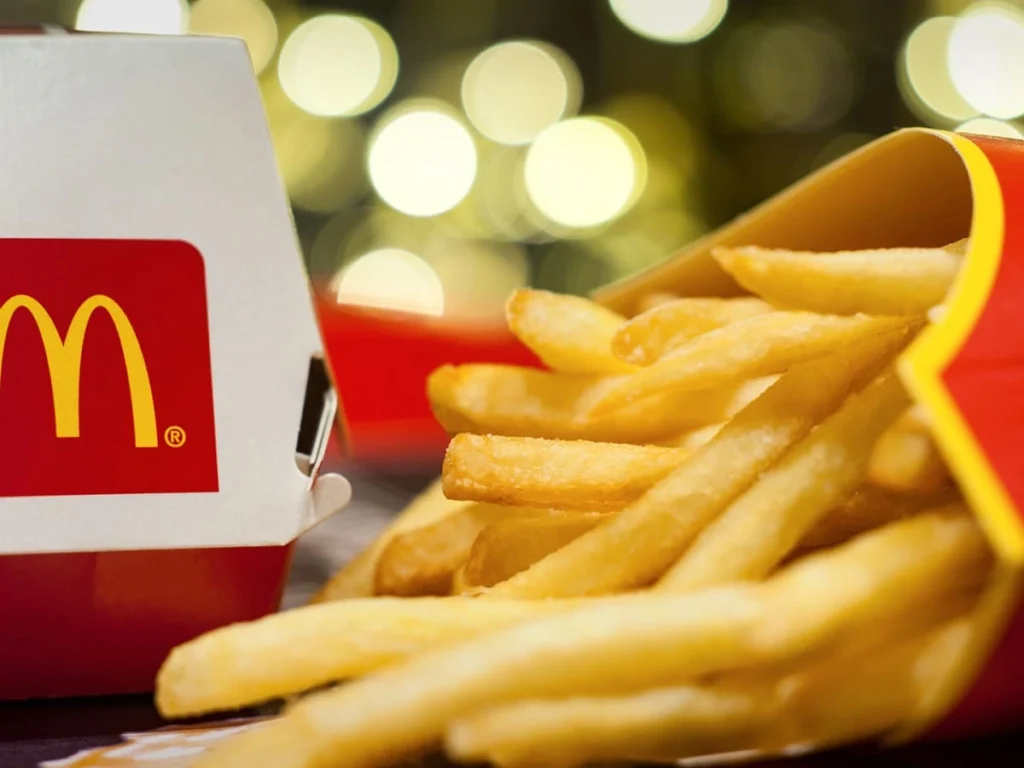
Let’s be real: McDonald’s doesn’t need to chase crypto headlines. Their model runs on consistency, predictability, and scale. Crypto? That’s the exact opposite.
- Price volatility: Imagine recalculating your McChicken price every hour because Bitcoin dropped 7%. No thanks.
- POS upgrades: Rolling out crypto-friendly payment systems to thousands of stores is a logistics nightmare.
- Regulatory chaos: Crypto laws change like weather forecasts. For a global brand, that’s a headache they just don’t want.
So yeah, McDonald’s isn’t anti-crypto—they’re just not willing to gamble the Happy Meal empire on something that still feels like financial Jenga.
Crypto + Fast Food = Future Flex? Maybe. But Not Today.
Let’s play futurist for a second: could we someday order a Big Mac via the McApp and pay in Solana, Doge, or whatever the 2030 meme coin is? Maybe. If crypto stabilizes, regulation evens out, and consumers actually ask for it—sure. It could happen.
But right now? Crypto at McDonald’s is more a novelty than a norm. A flex for the tech-forward, not a tool for the everyday eater.
Final Thoughts: Crypto to buy McDonald’s– It’s Not Mainstream. It’s Just… There.
If you’re a crypto enthusiast, yes—you can pull off a McDonald’s purchase without touching fiat. But for the average person? Crypto and fast food are still strange bedfellows.
It’s not seamless. It’s not universal. It’s definitely not standard.
But is it cool? In a nerdy, early-adopter sort of way—absolutely.
So next time someone says they bought their fries with Bitcoin, just know: it took some work. And probably a gift card.
Relevant News: HERE


